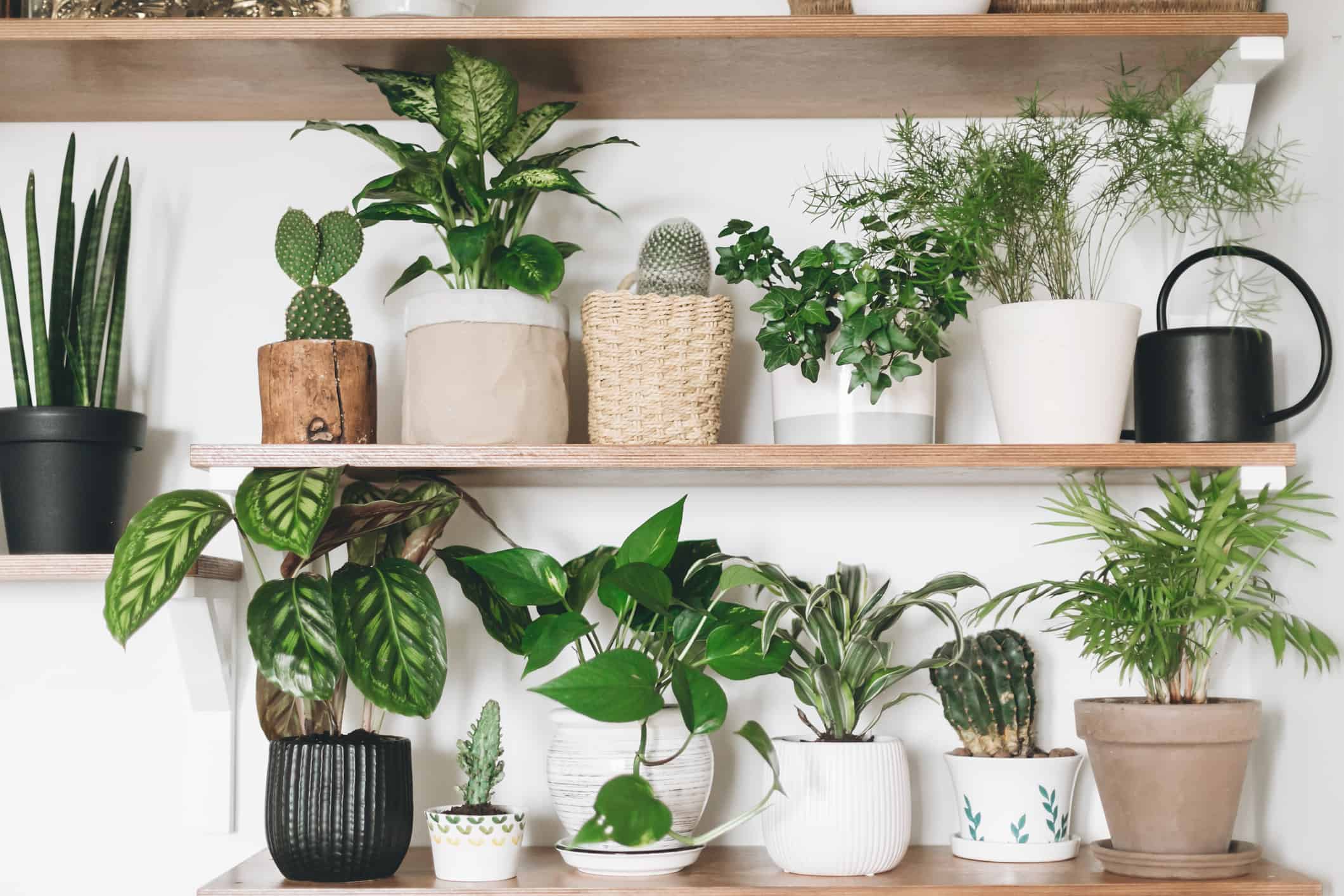Indoor plants are this year’s hottest trend for your home, along with light coloured timber and white furnishings. While they can look lovely, successfully owning and maintaining your indoor plant collection can be somewhat of a challenge – especially if you’ve just jumped onto this train recently! We’ve done our research and gathered knowledge from experts to help you on your way to an impressive and thriving indoor plant family.
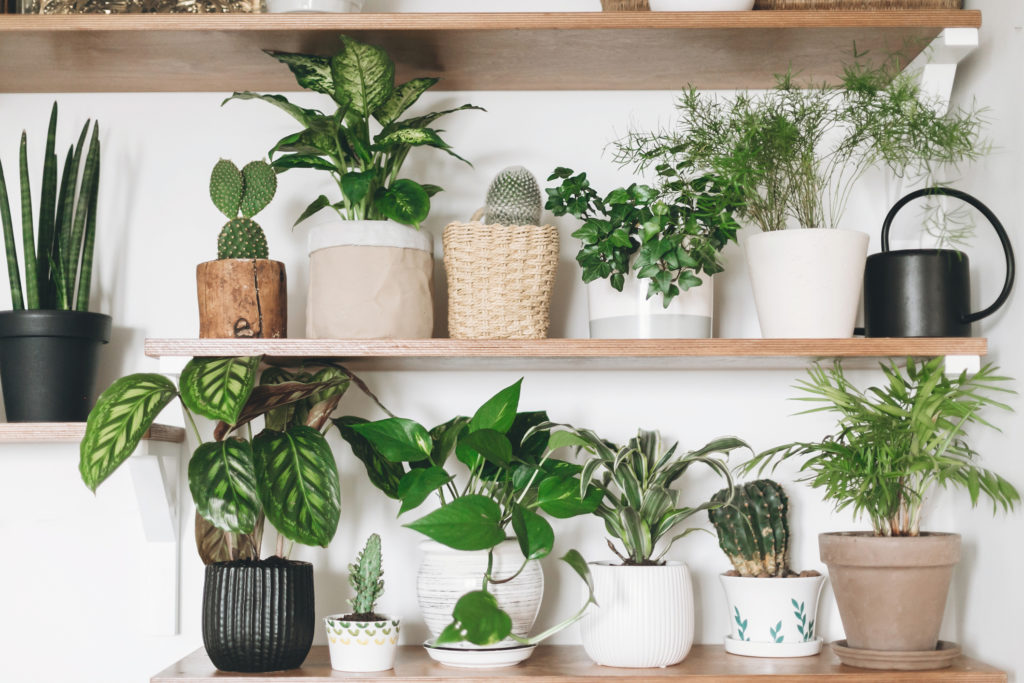
Let there be light
It’s tempting to choose the placement of your new plant based simply on the look – the perfect shelf in the corner of a dark room, however, may not be ideal. All plants need light. Full stop. Plants need light for photosynthesis, the process within a plant that converts light, oxygen and water into carbohydrates (energy). This much-needed energy is required by a plant in order to grow, bloom and produce seed. In short – if a plant has no light, it can’t really exist the way it should. Check the light requirements on the plant tag and make sure the spot you pick is suitable!
Don’t skimp on potting mix
Think of potting mix as food – you wouldn’t feed your pet rubbish then wonder why it isn’t thriving.. Potting mix is the same for plants! For indoor plants especially, try to choose a mix filled with peat moss, vermiculite and perlite. These mixes can absorb moisture very well and resist compaction, but they tend to dry out very quickly – which could be a plus for those of us who are prone to overwatering! If you aren’t sure – duck into your local hardware store or nursery. If there isn’t an expert there to give you advice, you can usually find something with a nice obvious label like ‘indoor plant mix’.
Be consistent with your love
More indoor plants die from overwatering than anything else. We understand you want to shower your plant in love – sometimes that means leaving it ALONE! Try to stick to the recommended watering levels for the type of plant and set yourself a watering schedule. If you’re worried about plants drying out, only water when the soil feels dry an inch or so below the surface.
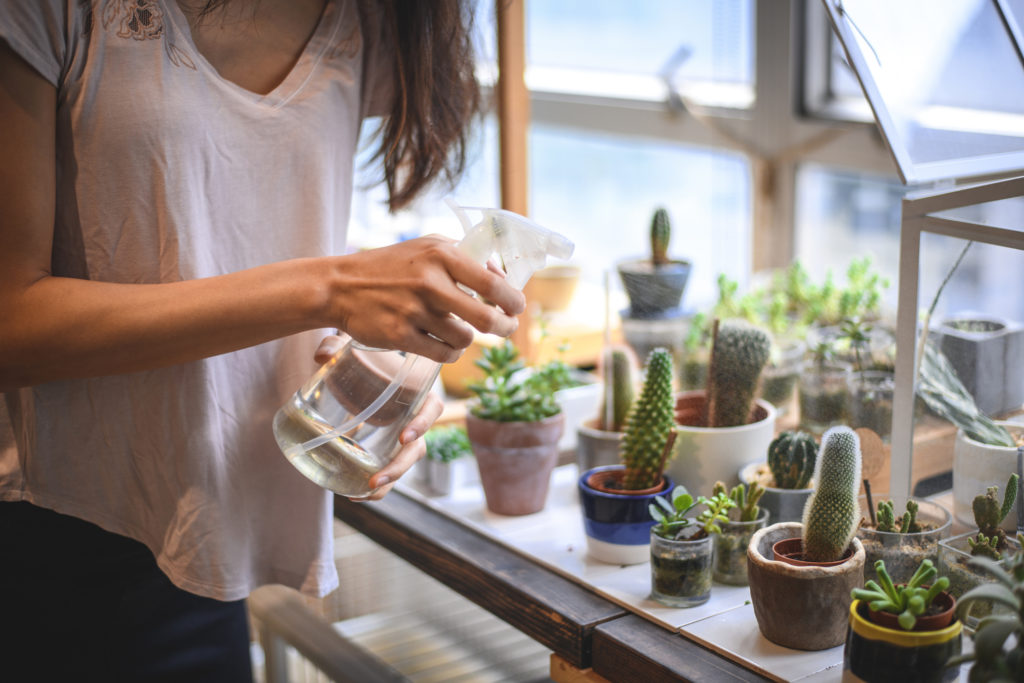
If your plant seems healthy but you’re trying to promote new growth or flowers, you could try a liquid fertilizer. It’s always good to err on the side of ‘weak’ when mixing up concentrates, and alternate fertilizer with good fresh water to prevent the build up of salt and minerals in your plant’s roots.
Treat them like individuals
All plant varieties are different. They have different needs when it comes to light, watering, fertilizing, pot size and temperature, just to name a few. Make sure you get to know your plant before trying to care for it – Google will generally set you straight about most things if you’re unsure!
Select the right pot
When you purchase a new plant it’s probably already grown out of its plastic pot, or it’s pretty close to. This type of over overgrowing looks great – full and fresh from the greenhouse, but without proper repotting, the plant will shrink back and adapt to the limited space in the pot – this is NOT what you want. Choose a pot that is approximately two inches bigger than the plastic one your plant came in – this will allow for the roots to spread and the plant to grow. Re-potting is also important in order to change out the old soil and reintroduce a nutrient rich mix.
Steer away from the cute ‘indoor’ pots with no drainage – it’s really hard to get a plant to thrive without a place for excess water to escape. There are a lot of beautiful and practical pots with saucers out there – don’t settle!
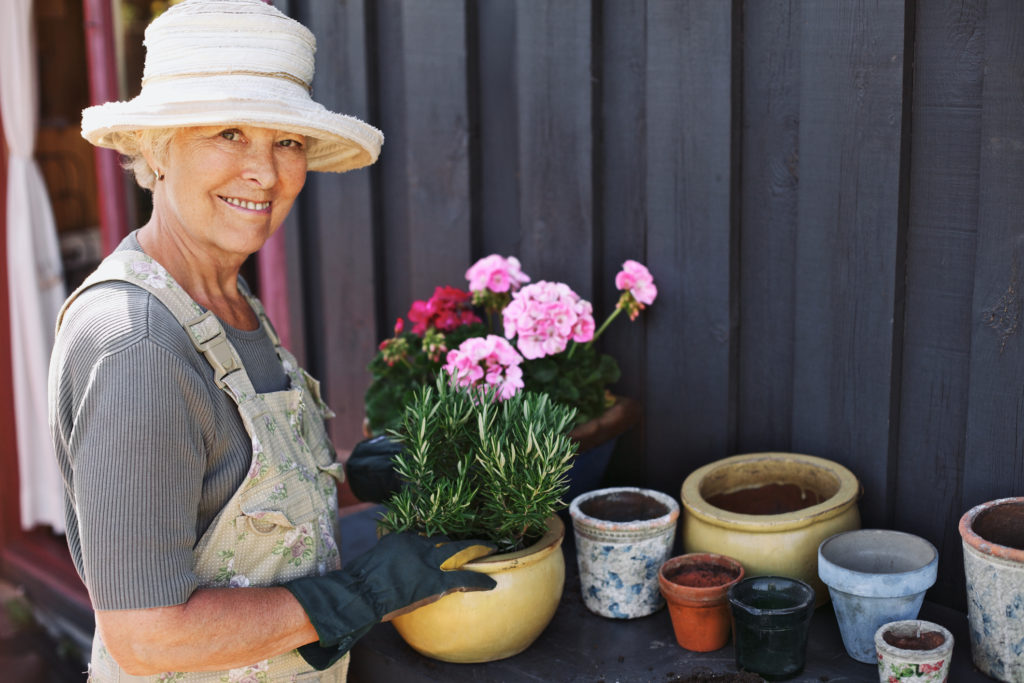
Change it up
Don’t be afraid to move your plants around! Especially if they seem to stagnate or stop growing. It’s an easy way to refresh a room and it could help your plants thrive! Switching the position of your plants could be the difference between life and death – choose life, please, choose life.
Show them off
There are so many ways you can style indoor plants nowadays – we’ve come so far from the simple plant stand. Floating shelves and macramé hangers mean that adding some greenery to your space can be much easier than taking up valuable floor real estate. When you’re shopping for your next plant, look for interesting leaf shapes and textures, and consider mixing it up in terms of size. For a statement look, why not invest in a vertical garden system to replace a piece of art on a blank wall?
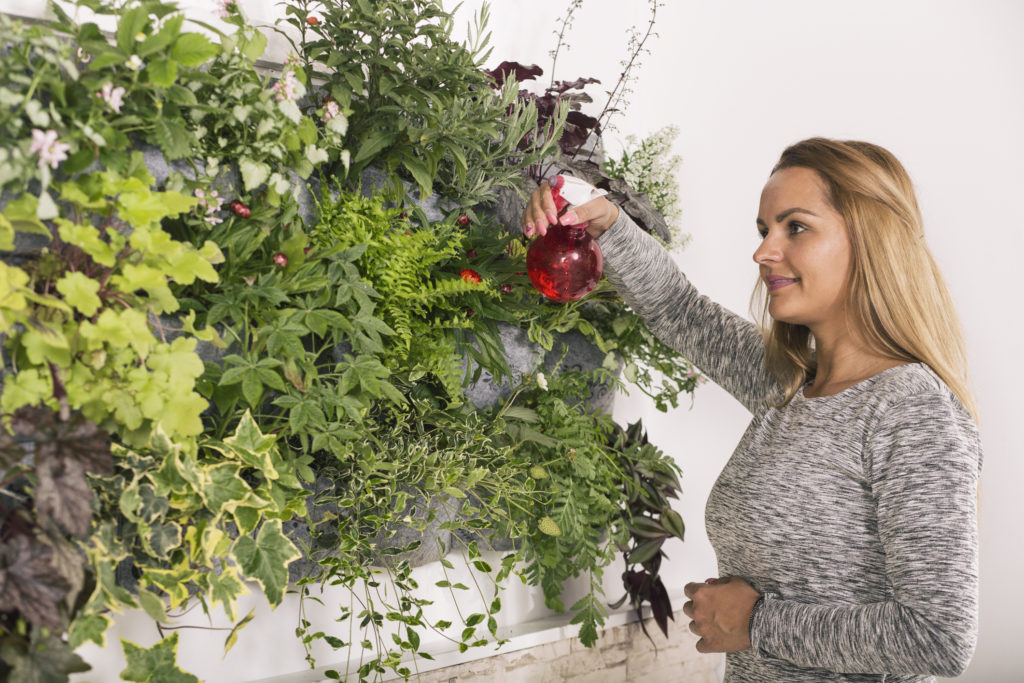
If you need a nudge
We are here to help, really. If you’d like to silently acknowledge that you aren’t that great at loving on your indoor plants, here is a list of the easiest/toughest indoor plants – many of these have been tested by our team!
- Zanzibar Gem – the tagline on the label is ‘thrives on neglect’ – that’s got to be a great start!
- Devils Ivy – this clever plant will find the light with climbing tendrils – so if you’ve positioned it incorrectly, it will sort itself out!
- Peace Lily – these are almost impossible to kill. Tried, tested and neglected by this writer, if you want to feel good about yourself as a plant owner, grab yourself one of these!
- Mother-in-law’s tongue – weird name aside, this is another set and (practically) forget plant – and it looks awesome in most spaces!
- Succulents in general – just leave these be. Seriously, just don’t. They are like cats – they prefer to go it alone and if they get desperate, they’ll let you know. Do not approach.
Black thumb?
If you’ve read this blog thinking, ‘yep, tried that, yes I did that, urggghhhh none of this stuff actually works guys’.. Then we are really sorry… but you may have a case of black thumb. It may just be easier on yourself to accept this and move on with your life. Great news though, there is a multitude of really nice artificial plants on the market these days, created to cater for people just like you! Some of them can be pricey, but let’s be real… it’s cheaper than buying the same plant 10 times, just for it to die 10 times… Right?! Look at this photo – you can’t even tell that’s an artificial plant.
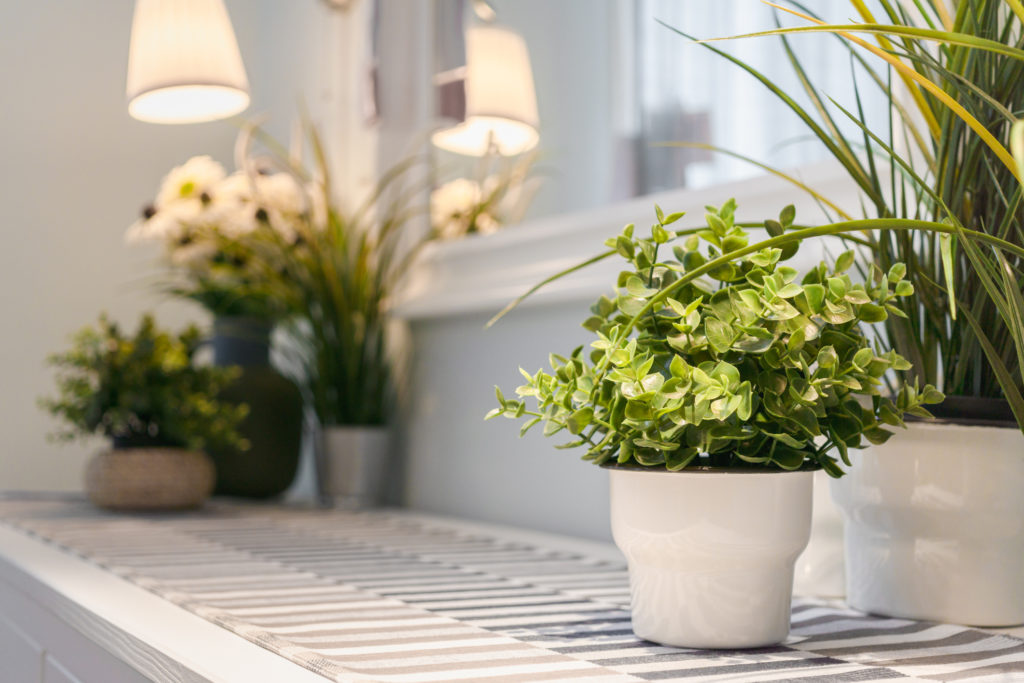
Our styling in Jimmy’s Bar and Lounge is a great example of combining easy maintenance plants with a few artificial ones when the variety doesn’t suit the environment! We hope this blog has inspired you to go out and get yourself some indoor plants this weekend.. real or artificial, we won’t judge – promise.

